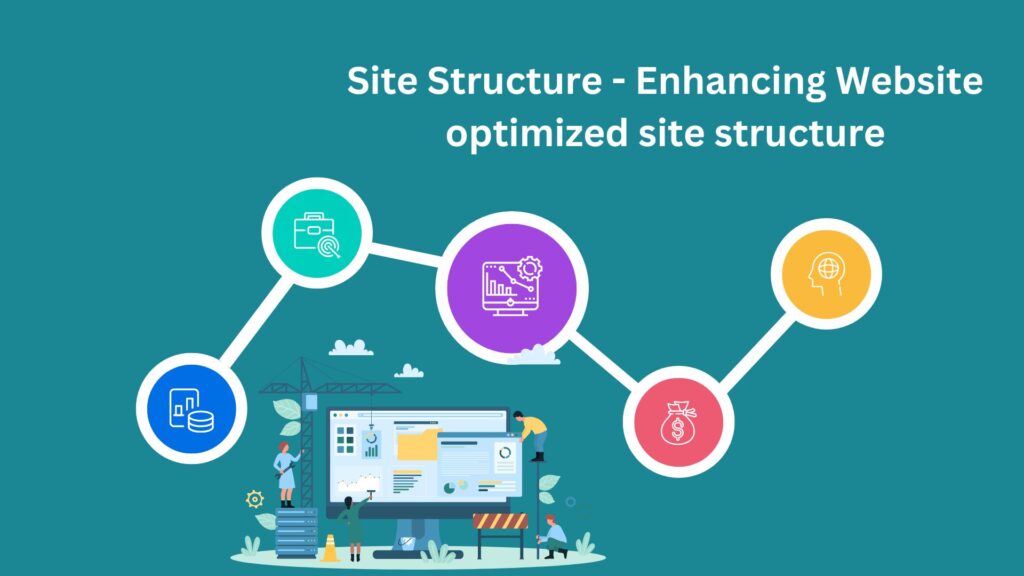Website architecture improvement, or the art of optimized site structure for SEO, plays a pivotal role in establishing a strong digital presence. A well-structured site not only enhances user experience but also significantly impacts search engine visibility and rankings. Let’s delve into the intricacies of site structure optimization for superior SEO performance.
1. Crafting a Solid Foundation
The foundation of a website lies in its architecture. An organized site structure involves categorizing and linking content logically, ensuring a seamless navigation experience for users and search engines alike.
2. Significance of Optimized Site Structure
The optimized site structure stands as the backbone of a successful online presence and robust search engine rankings. The intricate relationship between website architecture and SEO prowess is undeniable, influencing user experience and search engine crawlability.
1. Unveiling the Core Significance
- Navigational Ease: A well-structured website promotes seamless navigation, enabling users and search engine crawlers to explore and comprehend the content hierarchy effortlessly.
- Crawler Accessibility: An optimized site structure facilitates search engine crawlers in comprehensively indexing website content, ensuring visibility on search engine result pages (SERPs).
- User Retention: Intuitive site structures enhance user experience by providing logical pathways to content, reducing bounce rates, and prolonging user engagement.
2. Elements of an Optimized Site Structure
-
- Clear Hierarchy: Organizing content hierarchically allows for easy navigation, emphasizing the importance of headings from H1 to H6 for clarity and structure.
-
- Concise URLs: Crafting concise and descriptive URLs containing relevant keywords enhances user understanding and search engine indexing.
-
- Internal Linking: A strategic interlinking structure between web pages strengthens the site’s architecture and distributes link equity efficiently.
-
- Mobile Responsiveness: Ensuring mobile-friendly designs guarantees optimal user experience across devices, a crucial factor in contemporary SEO.
3. Strategies for Enhancing Website Layout
- Clear Hierarchy and Navigation: Implementing a clear hierarchy with intuitive navigation allows users and search engines to understand the website’s structure easily.
- Keyword-Centric URLs: Crafting descriptive URLs containing relevant keywords aids in communicating content relevance to search engines and users.
- Responsive Design: Ensuring a responsive design across devices guarantees an optimal user experience, impacting SEO positively.
- Eliminating Duplicate Content: Resolving duplicate content issues within the site structure prevents confusion and enhances the authority of specific pages.
4. Impact on SEO Rankings
An optimized site structure directly influences a website’s SEO rankings by establishing a clear path for search engine crawlers, prioritizing valuable content, and aligning with user search intent.
Conclusion
In conclusion, prioritizing website layout optimization is imperative for enhancing both user experience and search engine rankings. Implementing a structured and intuitive site architecture sets the stage for improved SEO performance, driving higher traffic and engagement.


